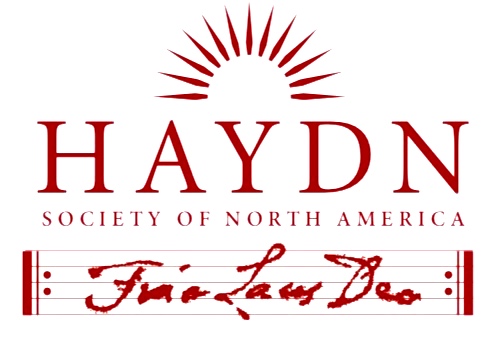
Document Type
Article
Abstract
Haydn spent his formative musical years in Vienna, a city with a strong Marian cult that was expressed musically through such works in German as Heinrich Rademin’s Mater dolorum (set by Werner, Reutter the Younger, and Wagenseil), and by innumerable settings of the Latin sequence Stabat mater. In Vienna, musical settings of the Stabat mater were traditionally performed not only on the feast of Septem Dolorum B. V. M., but also on Saturdays in Lent and during Holy Week. In fact, we now know that Haydn sang a cappella settings of the Stabat mater by Palestrina and Reutter in the mid 1750s when he was hired as a supplementary chorister by the Hofmusikkapelle for performances in Holy Week. Thus it is not surprising that Haydn chose to set the Stabat mater as one of his first major sacred vocal works after succeeding Werner as Kapellmeister for Prince Esterhazy in 1766.
This paper traces the history and reception of Haydn’s Stabat mater, beginning with his own early experiences performing and hearing settings by other composers (particularly those of Palestrina and Reutter), through the earliest performances of Haydn’s own setting, and its gradual spread into France, England, Italy, Protestant Germany, and North America. By the 1780s, it was one of Haydn’s best known works, and certainly his best known vocal work, often considered a rival to Pergolesi’s perennially popular setting. My paper gathers together well known, poorly known, and new documents on the reception and early performances of Haydn’s Stabat mater, including previously unknown performances of the work in England and Germany.
Recommended Citation
Edge, Dexter
(2024)
"The Context and Early Reception of Haydn’s Stabat mater,"
HAYDN: Online Journal of the Haydn Society of North America: Vol. 14, Article 2.
Available at:
https://remix.berklee.edu/haydn-journal/vol14/iss1/2
Included in
Music Education Commons, Musicology Commons, Music Pedagogy Commons, Music Performance Commons, Music Practice Commons, Music Theory Commons
© Haydn Society of North America ; Boston: Berklee Library, 2024. Duplication without the express permission of the author and/or the Haydn Society of North America is prohibited.


